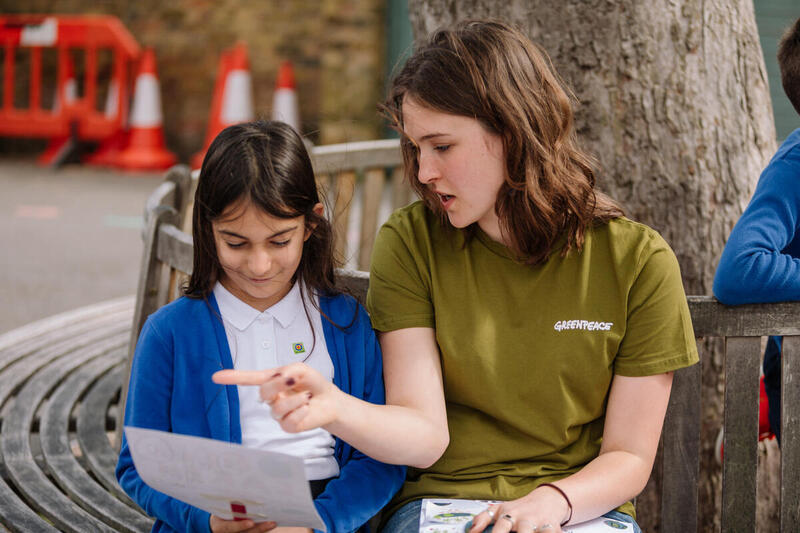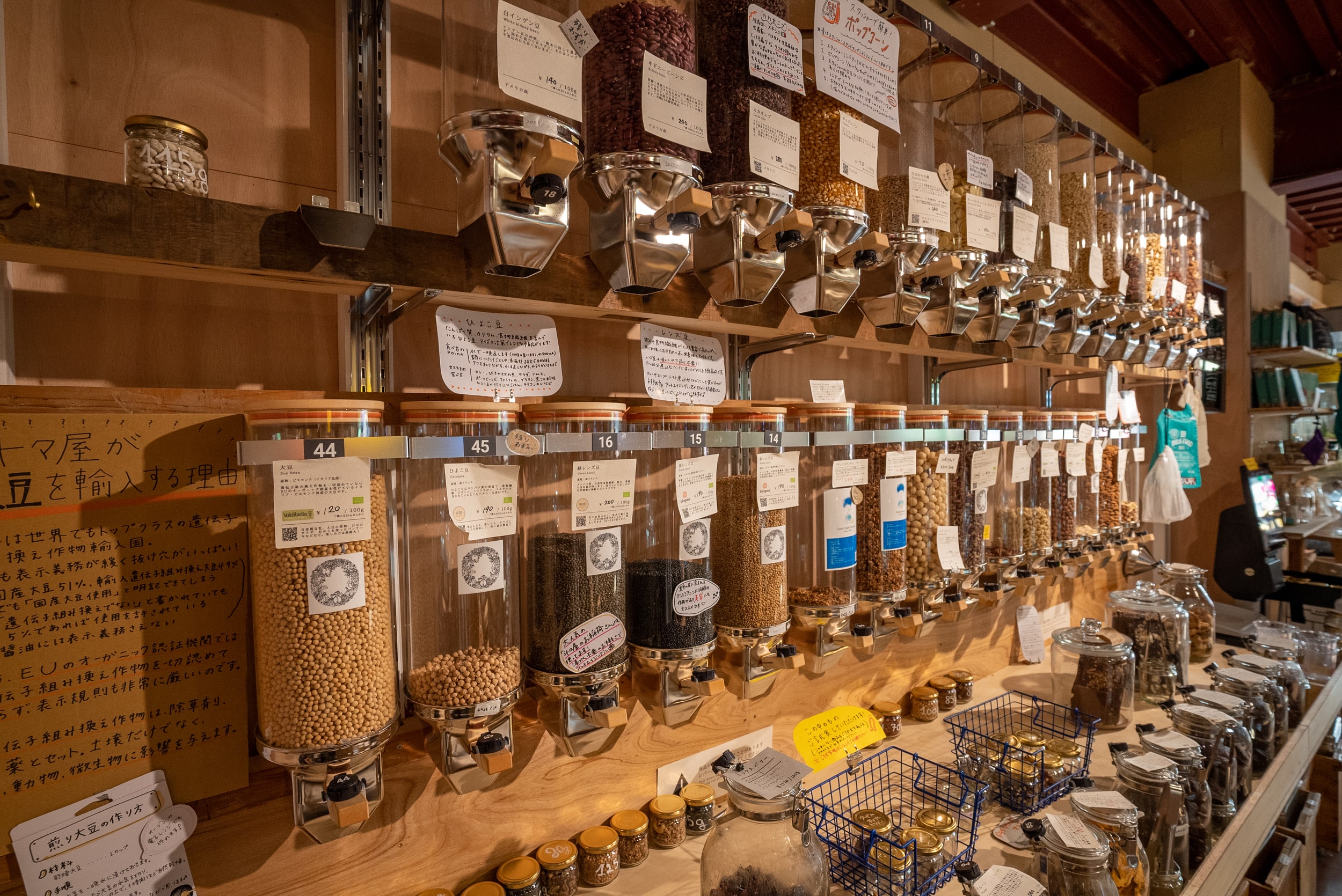It’s easy to find reasons to love forests. They’re home to an amazing number of plants and animals. They cool and clean the air. Their beauty can inspire awe in anyone who spends time in them. And just in case you need another reason to love forests, here’s a big one. They can help us slow down climate change. Read on to find out how.
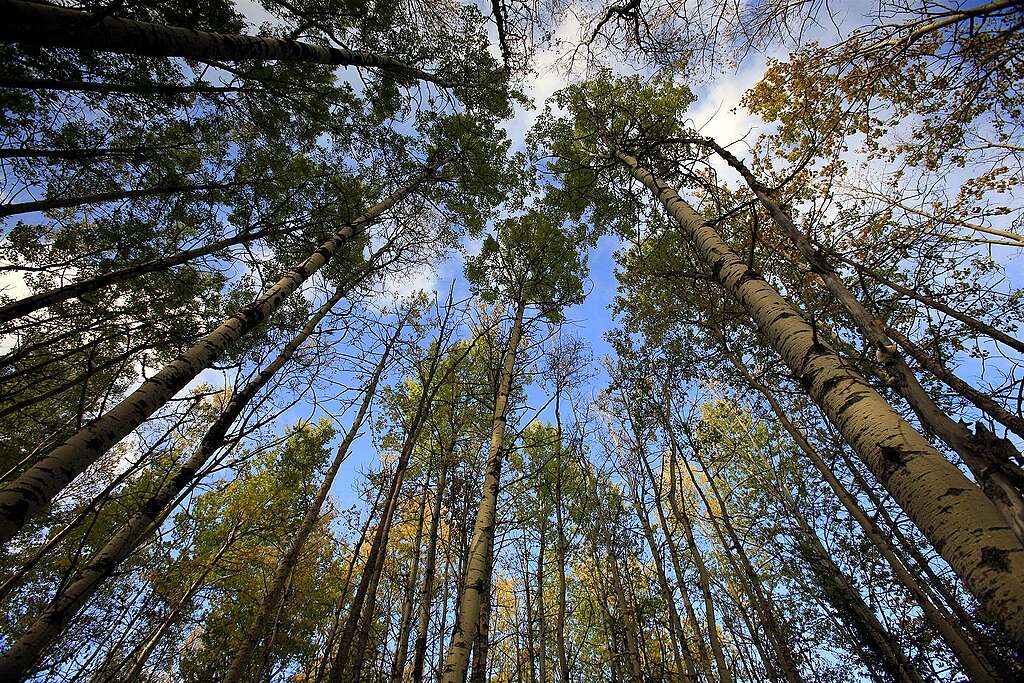
© Jiri Rezac / Greenpeace
Forests as a friend to the climate
Forests constantly absorb and release carbon dioxide. Carbon dioxide is a greenhouse gas that traps heat in the Earth’s atmosphere. Humans are adding more of this warming gas into the air by burning fossil fuels for energy. As we do that, we’re heating up the planet and causing the climate to change.
This is where forests can help. As trees grow, they absorb carbon dioxide from the air. They store the carbon in their trunks, branches, roots, and leaves and the soil around them. They release that carbon when they burn or decay.
So just how much of our carbon pollution are forests locking away? About one-third! Forests are a powerful friend in our efforts to slow down climate change.
Canada has almost 9% of the world’s forests, behind only Russia and Brazil. When we protect forests in Canada, we’re protecting them for the world.
Carbon source? Or carbon sink?
A forest is a carbon source if it releases more carbon than it absorbs. A forest is a carbon sink if it absorbs more carbon than it releases.
Most of Canada’s forests were carbon sinks before 1990. Then, something changed. They became carbon sources. They’re no longer helping us slow climate change. They’re speeding it up!
Climate change is one of the problems. Drought and changing rainfall patterns are challenging the health of forests. Insects that destroy trees are moving into new areas. And wildfires are much worse because the air is hotter and drier. In 2023, wildfires in Canada released five times more carbon dioxide than the country’s total carbon pollution for the year. Yikes.
Even though forests in Canada are struggling, logging continues at the same speed.
All this means that forests are being cut down and dying faster than they can grow back, making them a carbon source, not a carbon sink. So what can we do to save the forests?
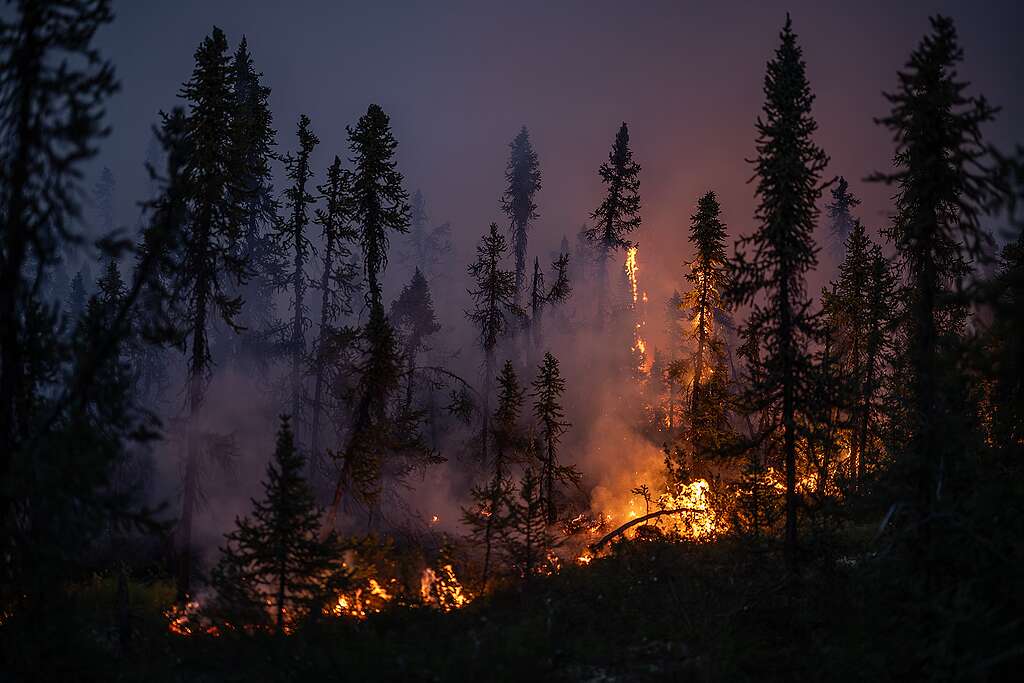
Protecting forests, especially the oldest
It’s time to protect Canada’s forests, especially primary forests, which some people call old-growth forests. These forests have been storing carbon for centuries.
The boreal forest stretches from Alaska, through Canada and Scandinavia, all the way to Russia. The trees and soils of the boreal are the largest carbon store on Earth’s land.
Unfortunately, several industries, including oil and gas drilling and mining, are harming primary forests like the boreal. One of the biggest threats is logging. Each year, industrial logging clearcuts around one million acres of the boreal forest, equal to the size of five NHL hockey rinks every minute.
Many of the harvested trees become toilet paper, paper towels, and facial tissues that people use once and then throw away.
A movement is growing to protect older forests for the sake of the climate. Nearly 100 climate scientists from around the world wrote a letter to Canada’s former prime minister, Justin Trudeau, in 2022. They urged him to stop logging Canada’s older forests and protect them instead.
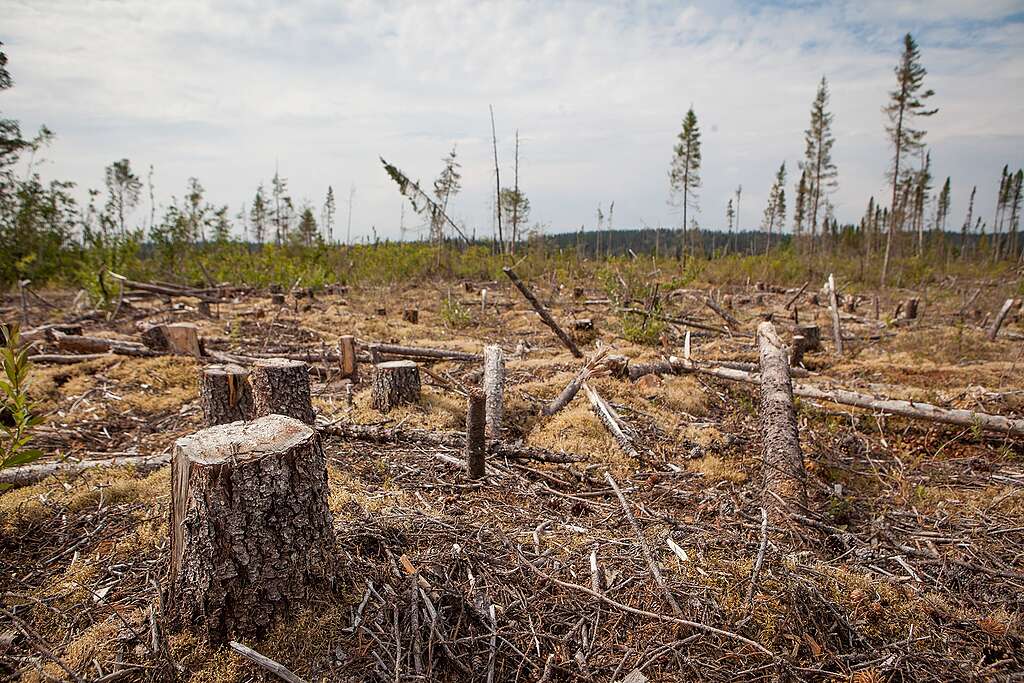
Indigenous knowledge nurtures healthier forests
Indigenous communities have lived on the land for thousands of years. They are some of the best stewards of forests. For example, traditional Indigenous practices of controlled burns reduce the risk of wildfires and stop them from spreading if they start.
The knowledge and leadership of Indigenous communities is vital for protecting and managing the forests. They are already conserving at least 21% of the world’s land, and it’s often better conserved than areas the government protects, like parks and wildlife reserves.
Join the movement to protect forests
You can start making a difference for the forests right now. Pressure Canada’s government to create strong laws that protect nature, respect Indigenous rights, and support Indigenous projects.

